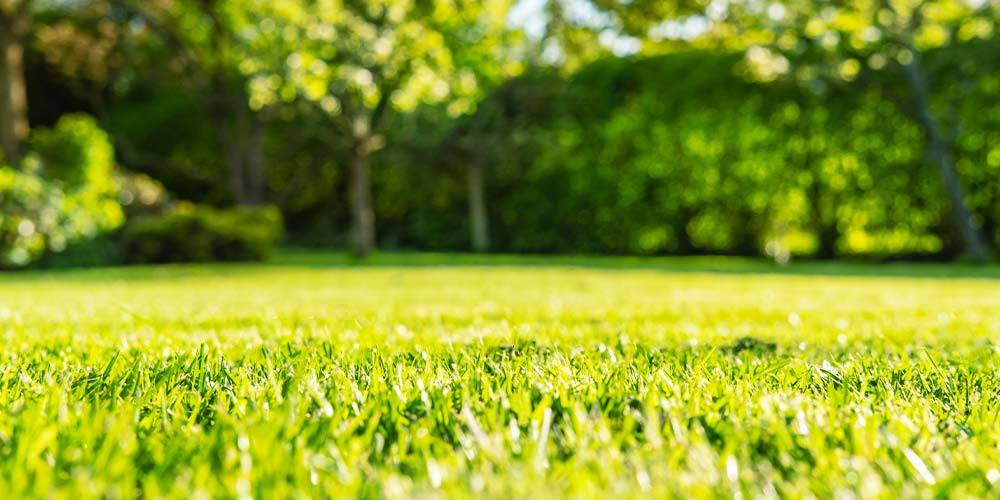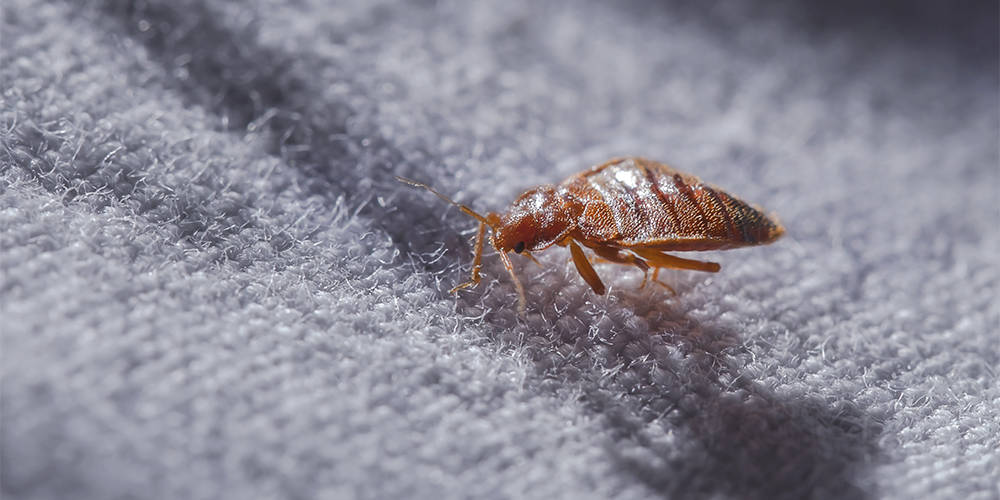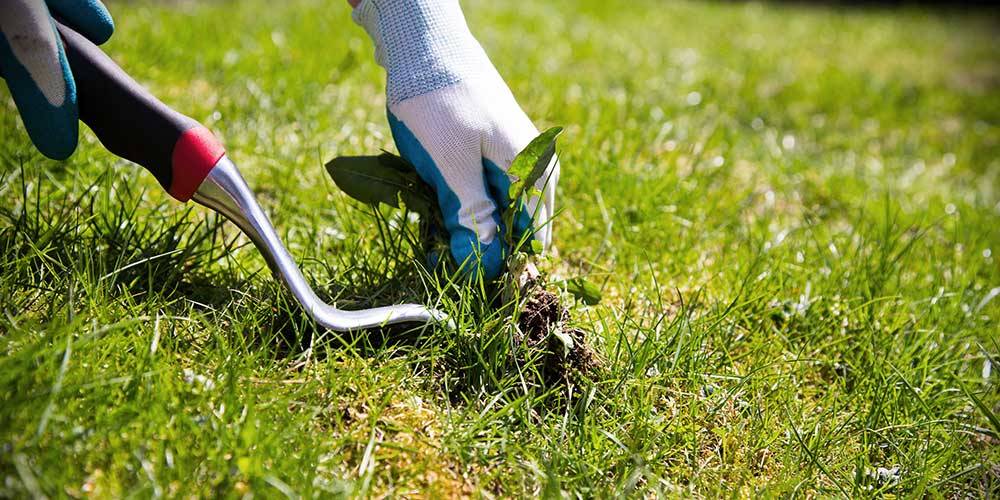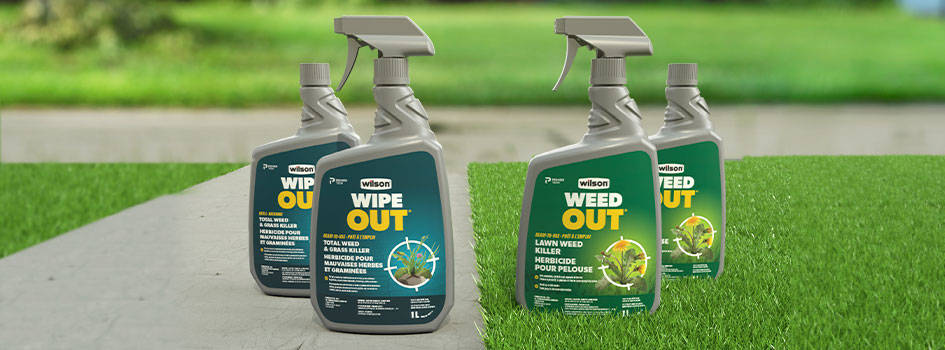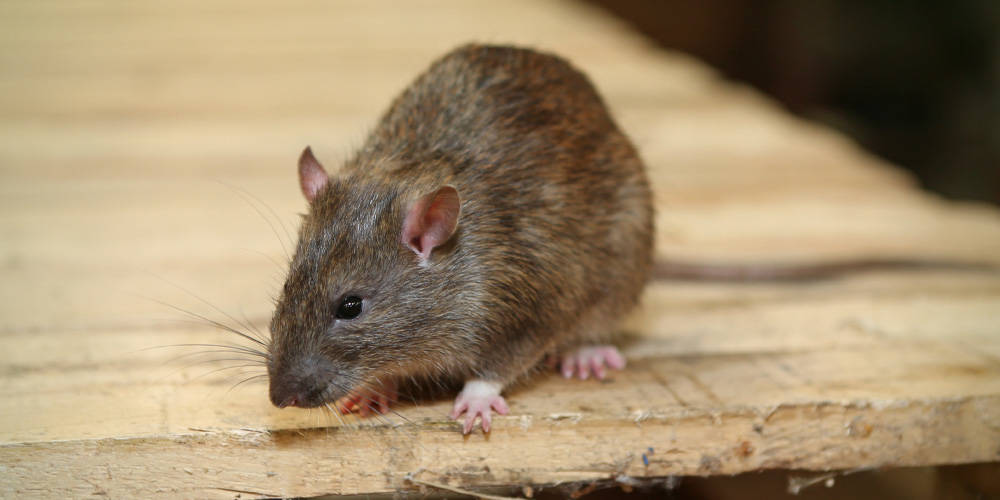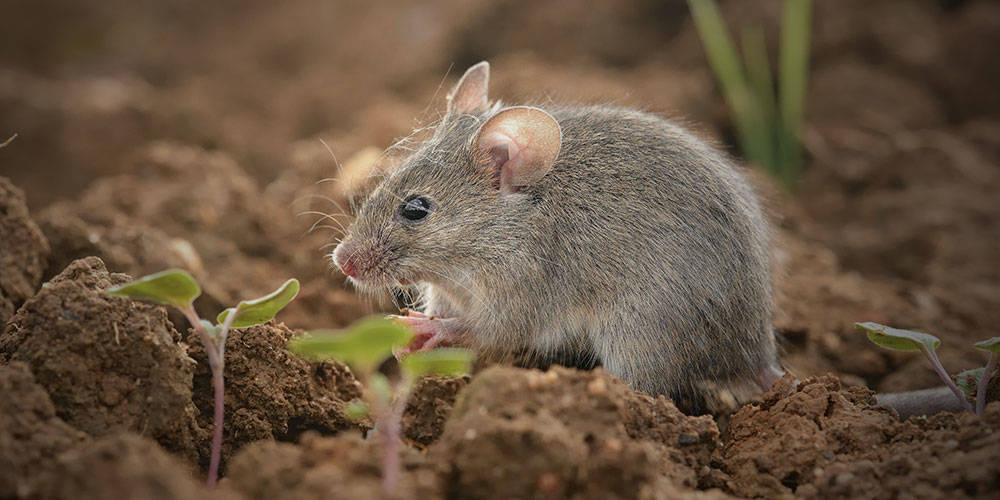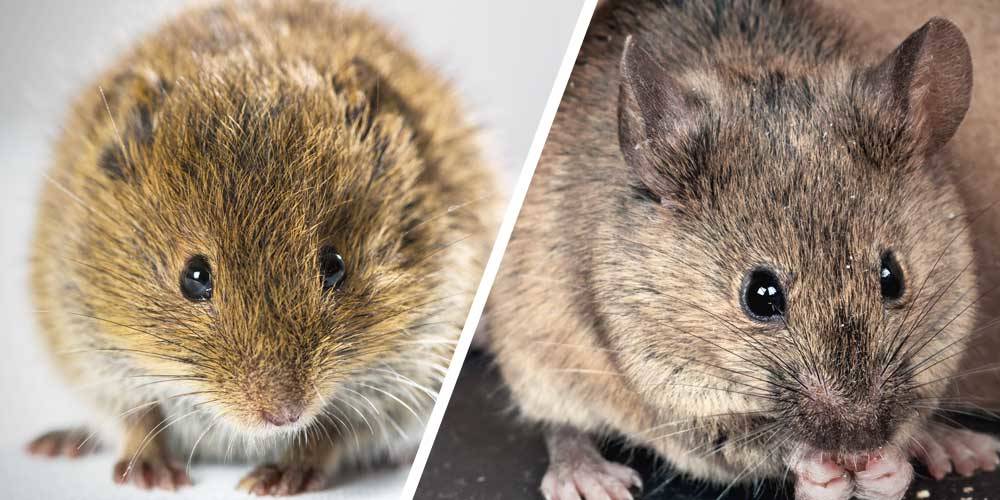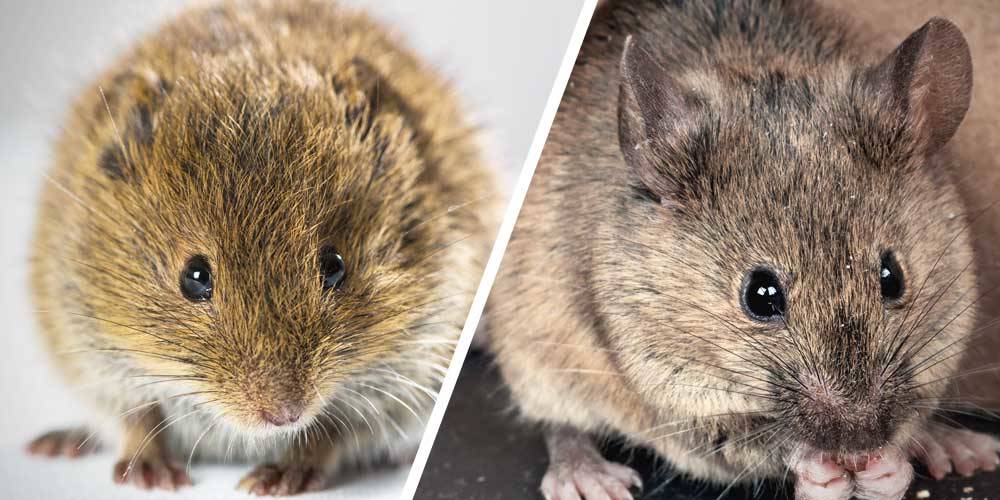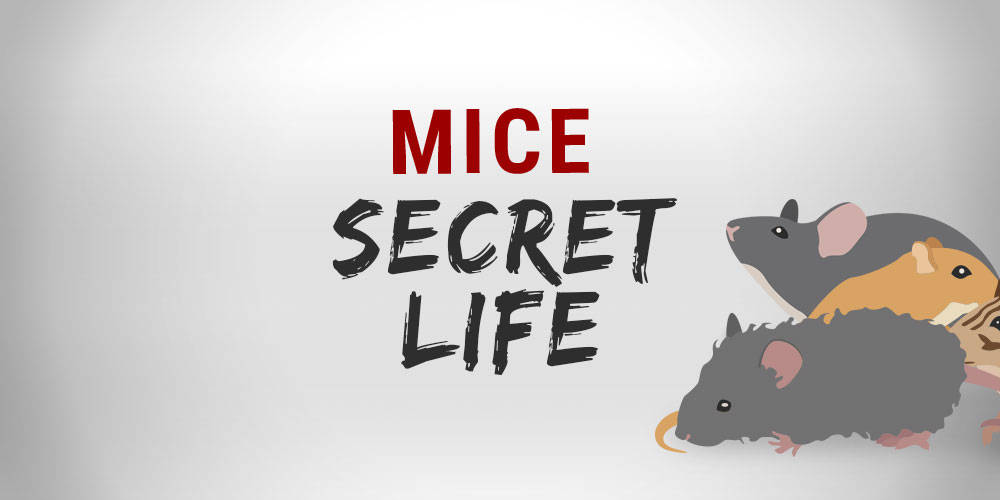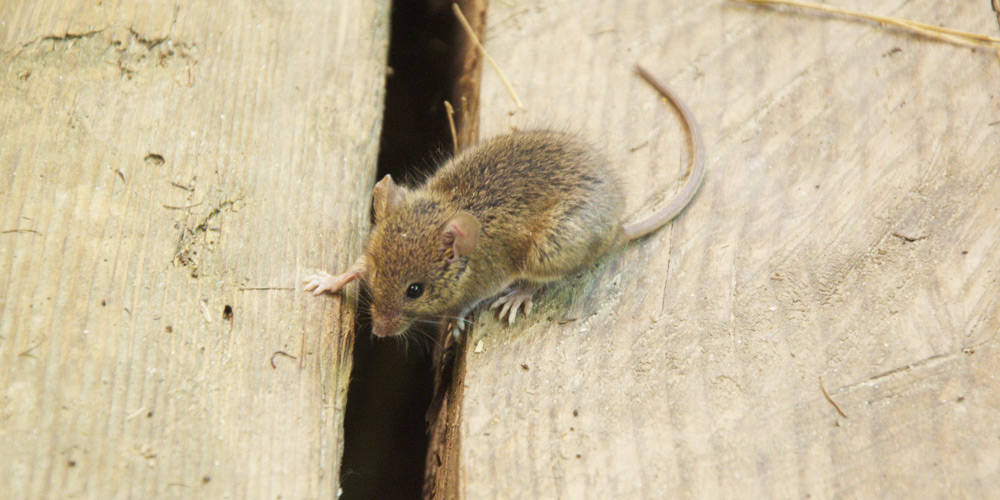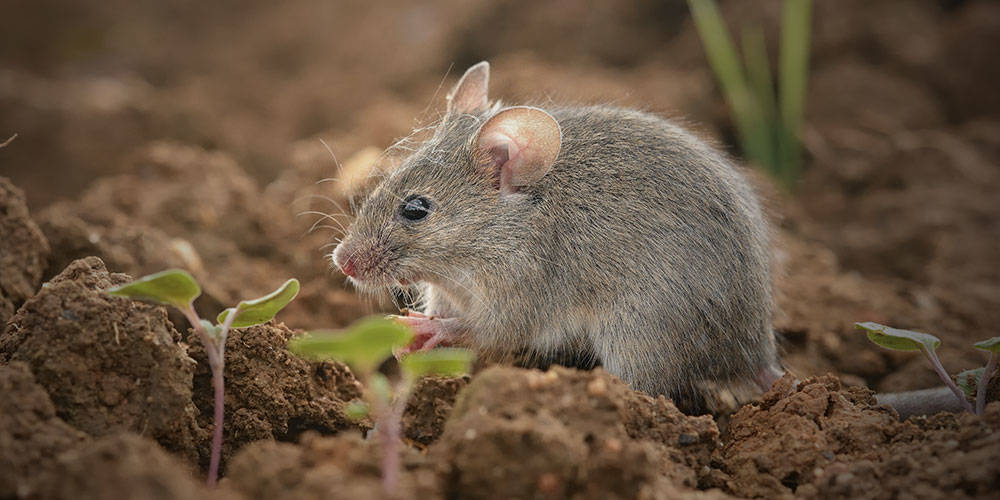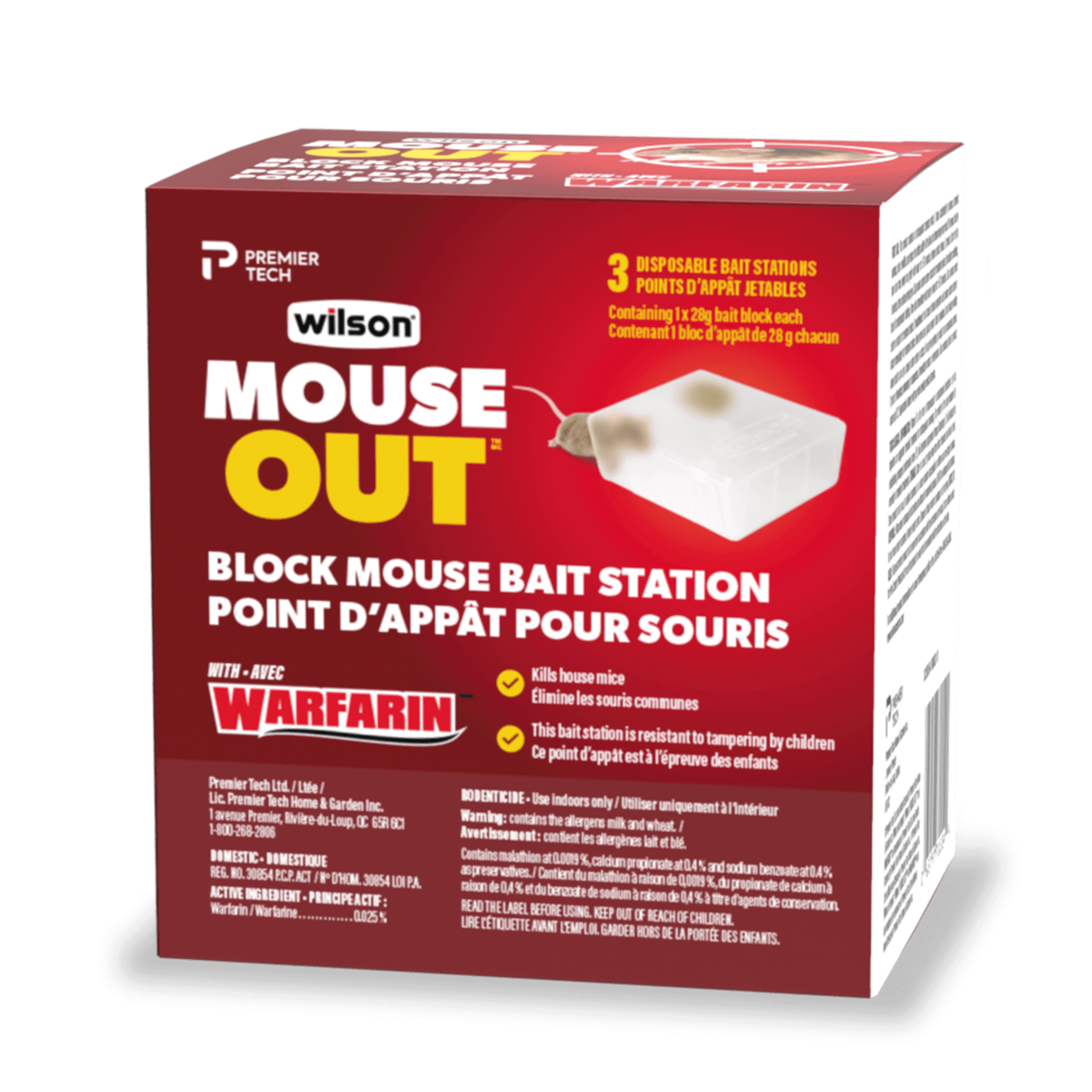

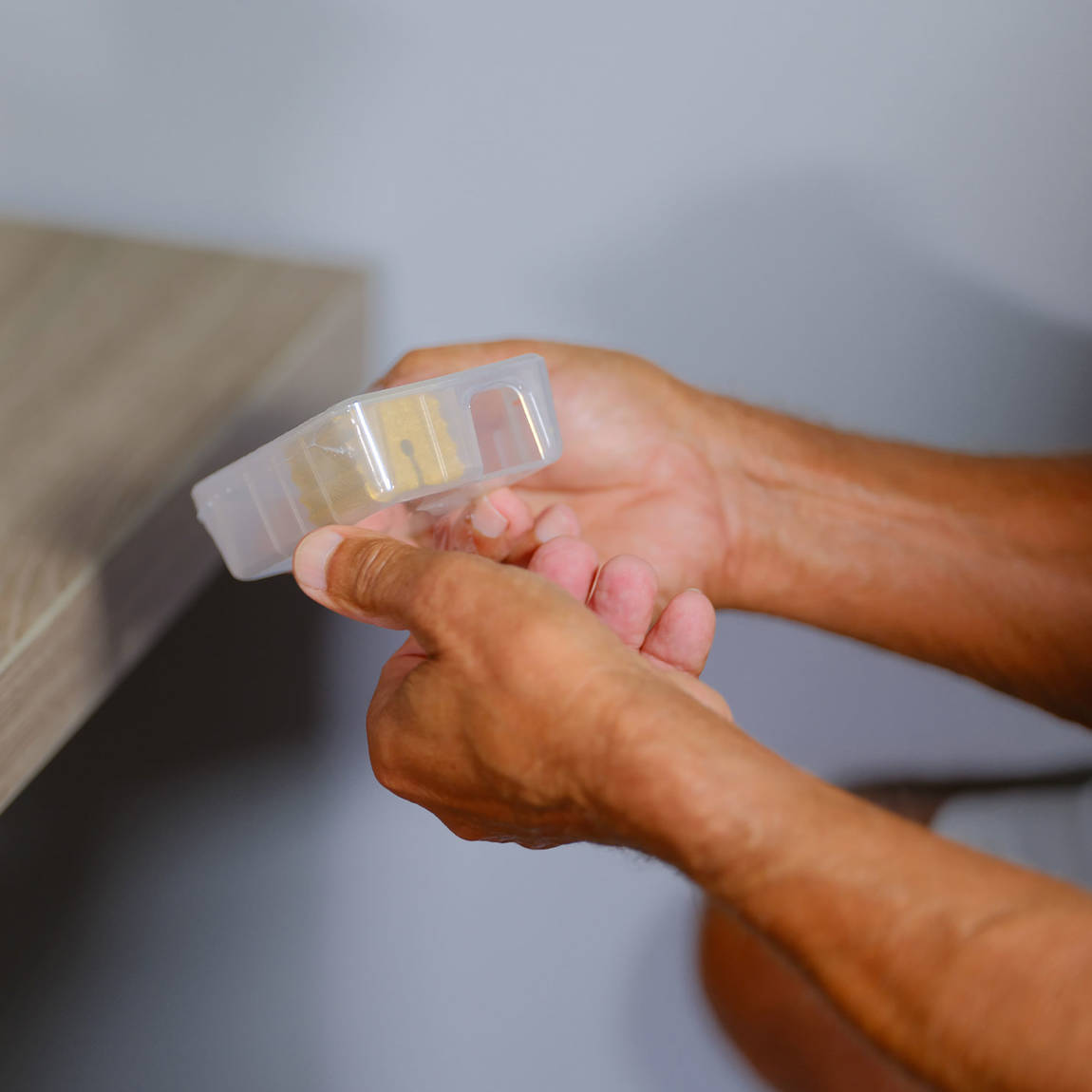

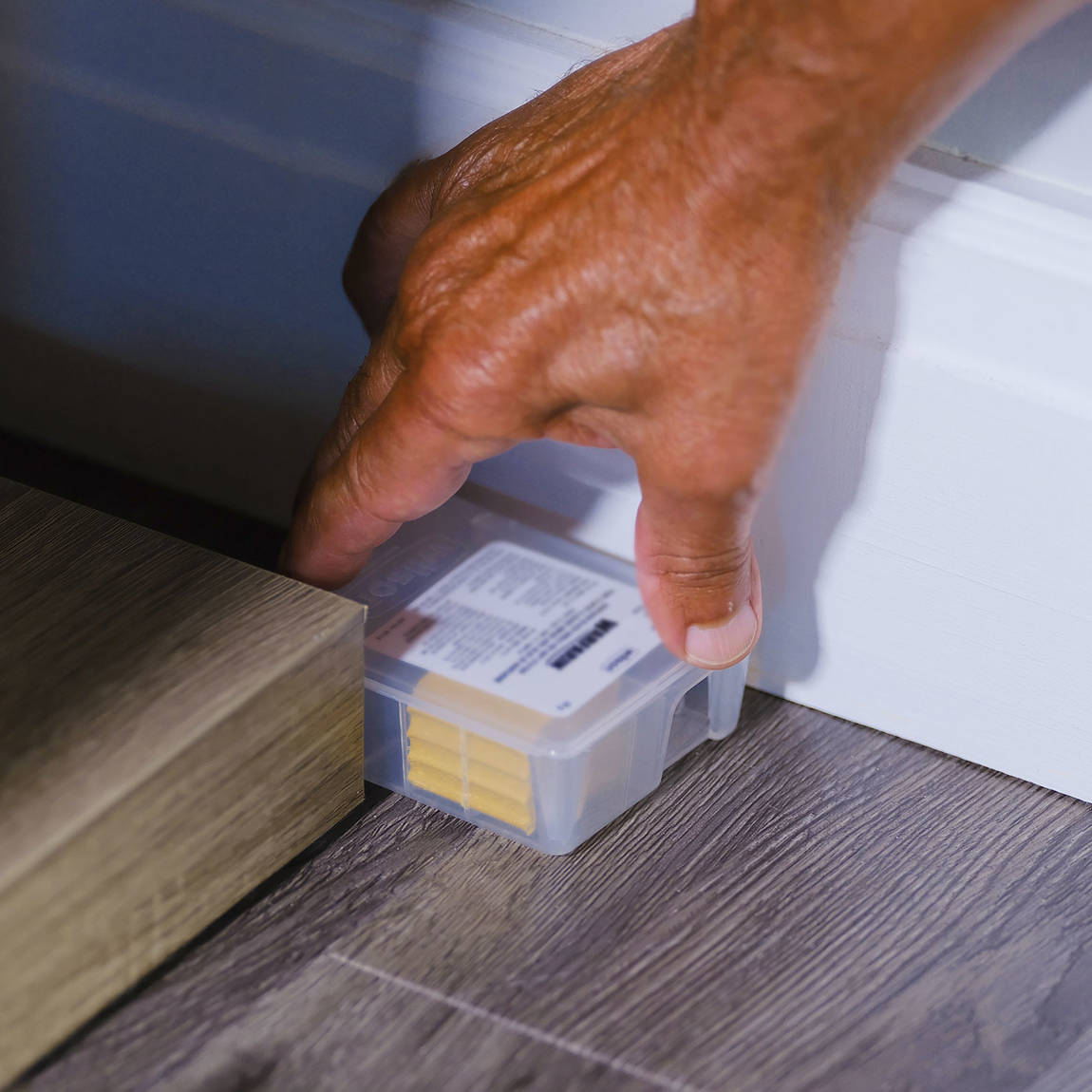

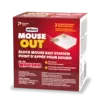
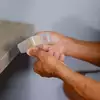
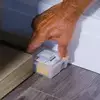
Wilson® MOUSE OUT™
Warfarin Block Mouse Bait Station
Former name: Wilson® PREDATOR® WARFARIN™ Mouse Bait Station
The mouse you use to move a cursor around your computer screen is a good thing. Indoor mice, on the other hand, are a very bad thing. They’re extremely unclean, leaving urine and feces. They also may be covered with ticks, which can transfer to pets, and in turn transfer to human beings, potentially infecting them with diseases like Lyme disease, Colorado tick fever and, believe it or not, the bubonic plague. Don’t let mice plague you any longer! Get one, or several, MOUSE OUT Warfarin Block Mouse Bait Stations. The stations contain warfarin, an anticoagulant chemical that reduces the clotting ability of the blood. After several feedings, house mice die from fatal hemorrhaging and your mouse plague should be history.
Kills indoor house mice
Kills indoor house mice
Child-resistant bait station
Child-resistant bait station
Ready to use with no set-up
Ready to use with no set-up
No need to touch dead rodent when disposing of it
No need to touch dead rodent when disposing of it
Where to use
Indoors
Outdoors
Suggested trap locations for mouse control
- In suspended ceilings
- In lofts and attics
- In kitchens and food preparation areas
- In closets
- In garages and outbuildings
- Under floorboards and in wall cavities
- Under garden structures
- In access points to buildings
- In or under greenhouses
- Near livestock
- Around water features
Effective against
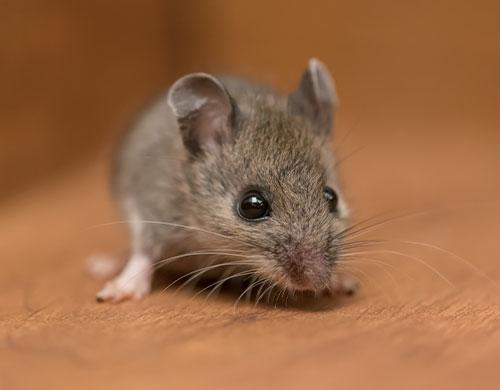
Mice
Mice
Step 1
Remove alternative sources of food in the area where you intend to place bait stations.
Step 2
Place bait stations in locations frequented by house mice such as near holes or runways, against walls or in corners where house mice are seen.
Step 3
Place a shallow container of drinking water near bait stations to encourage consumption of bait. Mice tend to get thirsty so if there is water at hand, they won’t leave the area to find water elsewhere.
Step 4
Place bait stations at 2- to 5-m intervals, using the smaller interval in locations where there is a high level of house mouse activity observed.
Step 5
Mice must feed on bait two or three times before they die. An uninterrupted supply of bait should be maintained for at least 15 days. Monitor bait through clear lid in bait station. If bait has run out, replace with new bait station.
Warnings
- Contains milk and wheat allergens.
- Do not open bait stations.
- Rubber gloves must be worn when handling product and when disposing of dead rodents, unconsumed bait, bait stations and empty containers. Wash your hands thoroughly with soap and water after handling. Wash contaminated clothing, separately from other laundry, with soap and hot water before reuse.
- Do not use outdoors. Rain may wash away bait.
- Wrap used or damaged bait stations and discard in household garbage. Do not use damaged bait stations.
- Do not reuse empty container. Recycle empty carton.
- Dispose of dead rodents in garbage or by burying.
- Store in a cool, dry place away from other chemicals and food or feed.
- Store product not in use, in original container, in a secure location inaccessible to children and non-target animals.
For additional product information or in case of emergency, spills or fire, call toll-free 1-800-268-2608.
General precautions
- Keep out of reach of children.
- Wash thoroughly after handling and before smoking or eating.
- Environmental: toxic to aquatic organisms, birds, bees and beneficial insects.
Hazards to humans
Can cause irritation to eyes. Can be harmful if ingested.
If on skin or clothing
Take off contaminated clothing. Rinse skin immediately with plenty of water for 15-20 minutes.
If in eyes
Hold eye open and rinse slowly and gently with water for 15-20 minutes. Remove contact lenses if present after the first 5 minutes, then continue rinsing eye.
If swallowed
Have person sip a glass of water if able to swallow. Do not induce vomiting unless told to by a poison control centre or doctor. Take container, label or product name and P.C.P. Registration Number with you when seeking medical attention.
If inhaled
Move person to fresh air. If person is not breathing, call 911 or an ambulance, then give artificial respiration, preferably mouth-to mouth, if possible.
In every case, call a poison control centre or doctor for treatment advice.
Hazards to pet or livestock
If pet or livestock poisoning is suspected
Immediately contact a veterinarian.
Toxicological information
Vitamin K1 in the form of intramuscular or subcutaneous injections or by oral ingestion are suggested remedial treatment for anticoagulant poisoning. The severity of the case measured by establishing prolonged prothrombin times (P.T.) will determine appropriate therapy. Monitoring P.T. will indicate the necessity of repeated treatments.
Warfarin 0.025%
Frequently asked questions about Wilson MOUSE OUT Warfarin Block Mouse Bait Station
MOUSE OUT Warfarin Block Mouse Bait Stations are effective in enticing mice.The mice are less suspicious of the station because they prefer dark, enclosed spaces. Inside the station, the mouse will find a block bait loaded with attractive foods and warfarin. The warfarin is tasteless and completely camouflaged by the sweet attractants. Once bait stations are placed along walls where there has been mouse activity, you need to monitor bait consumption through the clear lid. The mice will return several times, and eventually die after a few feedings.
MOUSE OUT Warfarin Block Mouse Bait Station is resistant to tampering by children. They can’t open it, nor can their little hands reach the bait block. This bait station can be used in indoor areas accessible to children. That being said, large pets, such as dogs, could break the station with their teeth. Do not use this product in areas accessible to pets.
nsert the short, smaller end of the plastic key into the hole or opening located in the clear lid of the bait station. The key should remain "upright" on its own if properly inserted into the bait station.
Turn the key one-quarter turn, in either direction, until you feel the key tighten. Once the key tightens, gently lift the key to open the bait station. Remove the key. Place one bait block in the square compartment. Close the lid until it snaps making certain that the station is locked. Remove alternative sources of food in the area where you intend to place bait stations.
For indoor use only in suspended ceilings, lofts, attics, kitchens, food preparation areas, closets, garages, outbuildings, under floorboards and in wall cavities.
Always put bait stations in areas where there is a lot of mouse activity. If you see mouse droppings, this is a sign that bait stations should be placed in that room. Place stations along the walls and edges of your room. Mice aren’t likely to go through the centre of the room unless they are being chased. Instead, they tend to scurry along the edges of your room. Put traps along the walls near entry points like doors and windows. Place a shallow container of drinking water near bait stations to encourage consumption of bait.
Move your stations to different areas if nothing has been caught within a few days of putting them in place. Sometimes you have to experiment with placement to figure out what will work inside your home. It is essential to get as many mice as possible to take the bait in order to rid your home of an infestation quickly.
Warfarin Block Mouse Bait Stations can also be used as a preventative option, in areas in your garage, basement or attic year-round so you don’t end up with an infestation.
Place bait stations at 2-5 m intervals, using the smaller interval in locations where there is a high level of house mouse activity observed. An uninterrupted supply of bait should be maintained for at least 15 days. Monitor bait through a clear lid in the bait station.
Whenever you see mouse droppings, you know that you have an unwanted visitor. Mice reproduce quickly. You can be almost certain there are more than one. To control mice, you need more than one or two bait stations to eliminate the problem quickly. The most effective strategy is to place one mouse station every 2 to 5 meters along the wall where you've seen signs of activity.
Although one mouse is not considered an infestation, you need to consider that a single female can have 5-10 litters a year, with 6-8 babies each time. A newborn female mouse can start breeding at 6 weeks of age.It is important to nip the problem before it escalates!
Haven't found the answer to your question?
We are here to help you!
Similar products
To help you kill mice
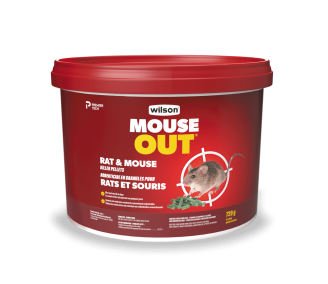
MOUSE OUT
Rat & Mouse Killer Pellets
Get rid of rats fast with Wilson Control's easy-to-use, patent pellets. Place them wherever rodents are active and, within a week, mice will start to die.
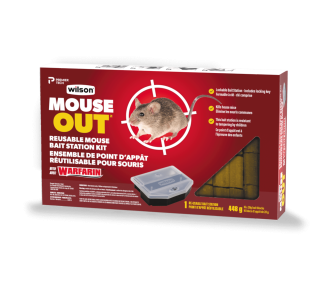
MOUSE OUT
Reusable Mouse Bait Station with Warfarin
The Wilson Control mouse bait station with warfarin is the strongest and comes with 16 bait blocks that are 100% safe to be placed around your children or pets.
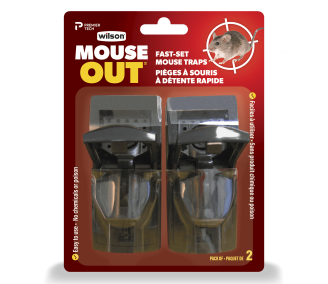
MOUSE OUT
Fast Set Mouse Traps
Easy-to-set, reusable traps that kill mice without the use of chemicals or poison. Dead rodents can be disposed of without touching them.
